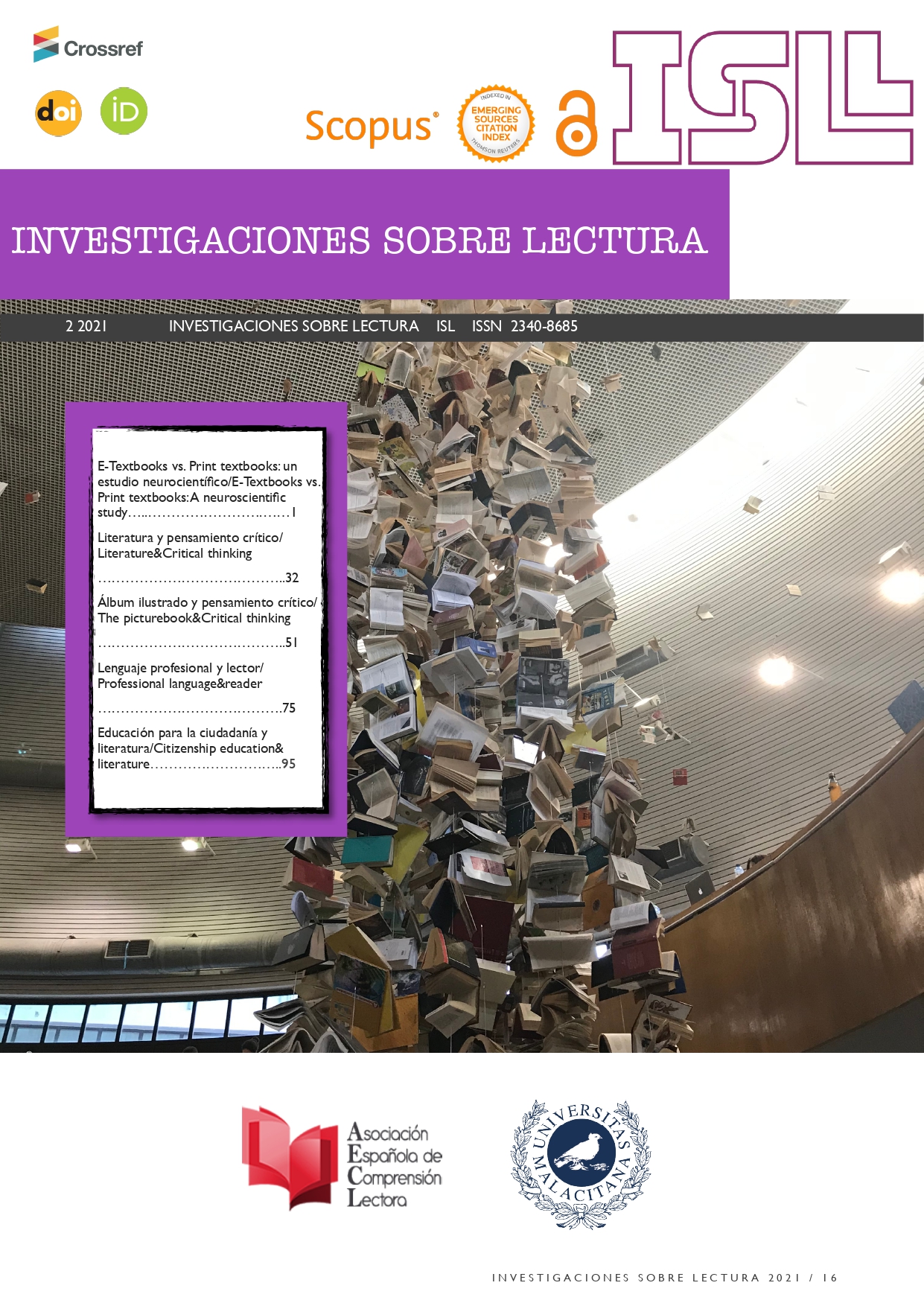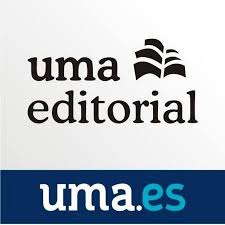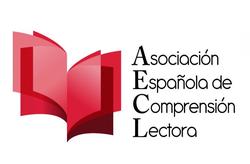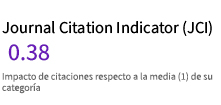The picturebook as a promoter of critical thinking in Primary Education: a tool for its analysis
DOI:
https://doi.org/10.24310/isl.vi16.12897Keywords:
civics, critical thinking, model construction, picturebook, Primary Education.Abstract
To develop critical thinking in the educational field, one of the core principles of living in a democracy, there are numerous resources, among which are texts, of diverse nature. Students must be trained to critically examine them, and the materials themselves can contribute to this through the use of presentational strategies that promote critical thinking. This article focuses on a literary genre in which such a circumstance occurs, the picturebook. Since the textual examination requires guides, what is proposed here is the development and validation of an analysis model, which is offered to both the scientific community and teachers. The objective is to identify the mechanisms employed in picturebooks to foster critical thinking in their readers. After the final validation and design process, a manageable and operational tool has been obtained that is applied to the works, accompanied by a critical analysis. The research staff participating in the evaluation has given it a good score, and its application to the texts yields results in line with those of previous works. This design is part of a larger-scale study on the ability of this genre to deal with democratic citizenship education in the formal education environment, specifically in the Primary Education classroom.
Downloads
Metrics
Publication Facts
Reviewer profiles N/A
Author statements
- Academic society
- N/A
- Publisher
- EduVerso, Universidad de Málaga
References
Alemagna, B. (2011). El país de las pulgas (B. Alemagna, Ilust.). Londres: Phaidon.
Álvarez-García, O., Sureda-Negre, J. y Comas-Forgas, R. (2018). Diseño y validación de un cuestionario para evaluar la alfabetización ambiental del profesorado de primaria en formación inicial. Profesorado, 22(2), 309-328. doi: 10.30827/profesorado.v22i2.7725
Arizpe, E. y Styles, M. (2004). Lectura de Imágenes. Los niños interpretan textos visuales. México: F.C.E.
Audigier, F. (2008). L'éducation à la citoyenneté. Lyon: Institut national de recherche pédagogique.
Blackmore, Ch. (2016). Towards a Pedagogical Framework for Global Citizenship Education. International Journal of Development Education and Global Learning, 8(1), 39-56. doi: 10.18546/IJDEGL.8.1.04
Bosch, E. (2015). Estudio del álbum sin palabras. (Tesis doctoral, Universitat de Barcelona). Recuperado de http://hdl.handle.net/2445/66127
Cali, D. (2008). El enemigo (S. Bloch, Ilust.). Madrid: SM.
Cunningham, K. y Enriquez, G. (2013). Bridging Core Readiness with Social Justice Through Social Justice Picture Books. New England Reading Association Journal, 48(2), 28-87.
European Commission/EACEA/Eurydice (2017). Citizenship Education at School in Europe. Luxembourg: Publications Office of the European Union. doi:10.2797/612559
Evans, J. (2015) (Ed.), Challenging and Controversial Picturebooks. Creative and critical responses to visual texts. Oxon: Routledge.
Greder, A. (2015). La isla (A. Greder, Ilust.). Salamanca: Lóguez.
Hoskins, B. (2006). Draft Framework for Indicators on Active Citizenship. Ispra, CRELL. Recuperado de http://citeseerx.ist.psu.edu/viewdoc/download?doi=10.1.1.132.1723&rep=rep1&type=pdf
Izquierdo, B., Melero, Á. y Villalón, R. (2020). Actitudes y sentimiento de competencia hacia la lectura y la escritura del alumnado de 1º y 2º de Educación Primaria. Revista Complutense de Educación, 31(3), 275-284.
Jeffers, O. (2015). Los Huguis en El jersey nuevo (O. Jeffers, Ilust.). Valencia: Andana.
Kümmerling-Meibauer, B. (2015). From baby books to picturebooks for adults: European picturebooks in the new millennium, Word & Image, 31(3), 249-264. doi: 10.1080/02666286.2015.1032519
Leland, C., Harste, J., Ociepka, A., Lewison, M. y Vasquez, V. (1999). Talking about books: Exploring critical literacy: You can hear a pin drop. Language Arts, 77(1), 70-77.
Llorens, R. y Terol, S. (2015). Educación literaria, pensamiento crítico y conciencia ética: La composición, de Antonio Skármeta. América Sin Nombre, 20, 102-109. doi:10.14198/AMESN.2015.20.09
Mata, J. (2020). Lectura, educación literaria y ética democrática. Textos. Didáctica de la Lengua y de la Literatura, 89, 17-22.
McDaniel, C. (2004). Critical literacy: A questioning stance and the possibility for change. The Reading Teacher, 57(5), 472-481.
McDaniel, C. (2006). Critical literacy: A way of thinking, a way of life. New York: Peter Lang.
McKee, D. (2004). Los conquistadores (D. McKee, Ilust.). Madrid: Kókinos.
Autores (2016).
Autores (2020).
Mourão, S. (8 de junio, 2021). ICEPro: Intercultural citizenship education through picturebooks – a professional development course [Ponencia en congreso]. ICEPELL Symposium 2021. ICE (Intercultural Citizenship Education) through Picturebooks in Primary ELT, Noruega.
Nikolajeva, M. y Scott, C. (2006). How Picturebooks Work. New York: Routledge.
Nodelman, P. (1988). Words about pictures. The Narrative Art of Children’s Picture Books. Athens, Georgia: University of Georgia Press.
Roche, M. (2015). Developing Children’s Critical Thinking through Picturebooks. A guide for primary and early years students and teachers. London and New York: Routledge.
Ruillier, J. (2012). Por cuatro esquinitas de nada (J. Ruillier, Ilust.). Barcelona: Juventud.
Autores (2018).
Salisbury, M. y Styles, M. (2014). El arte de ilustrar libros infantiles. Concepto y práctica de la narración visual. Barcelona: Blume.
Santisteban, A. y Pagès, J. (2009). Una propuesta conceptual para la investigación en educación para la ciudadanía. Revista Educación y Pedagogía, 21(53), 15-31.
Silva-Díaz, M.C. (2003). “¡Qué libros más raros!” Construcción y evaluación de un instrumento para describir las variaciones metaficcionales en el álbum. Anuario de investigación en literatura infantil y juvenil, 1, 167-192.
Silva-Díaz, M.C. (2005). Libros que enseñan a leer: álbumes metaficcionales y conocimiento literario. (Tesis doctoral). Recuperado de https://www.tdx.cat/handle/10803/4667
Sipe, L. (s/f). “Cómo responden los niños a los álbumes ilustrados: cinco tipos de comprensión lectora”. En GRETEL: La literatura infantil a la UAB. “Conferencia de Lawrence Sipe” [En línea]. Recuperado de https://www.gretel.cat/lecturas/conferencia-de-lawrence-sipe/?lang=es
Sipe, L. y Pantaleo, S. (2012). (Eds.). Postmodern Picturebooks. Play, Parody and Self-Referentiality. New York: Routledge.
Tallec, O. (2012). Waterloo y Trafalgar (O.Tallec, Ilust.). New York: Enchanted Lion Books.
Tallec, O. (2015). Felicio Rey del rebaño (O. Tallec, Ilust.). Valencia: Algar.
Tosar, B. y Santisteban, A. (2016). Literacidad crítica para una ciudadanía global. Una investigación en Educación Primaria. En C.R. García, A. Arroyo, y B. Andreu (Eds.), Deconstruir la alteridad desde la Didáctica de las Ciencias Sociales: educar para una ciudadanía global (pp. 674-683). Las Palmas de Gran Canaria: AUPDCS.
Van der Linden (2015). álbum[es]. Caracas: Ediciones Ekaré.
Vasquez, V. M., Janks, H. y Comber, B. (2019). Critical Literacy as a Way of Being and Doing. Language Arts, 96(5), 300-312.
Veugelers, W. y de Groot, I. (2019). Theory and Practice of Citizenship Education. En W. Veugelers (edit.). Education for Democratic Interciultural Citizenship (pp. 14-41). Leiden: Brill.
Volman, M. L. L. y Ten Dam, G. T. M. (2015). Critical Thinking for Educated Citizenship. En M. Davies y R. Barnett (edit.). The Palgrave Handbook of Critical Thinking in Higher Education (pp. 593-603). Londres: Palgrave.
Zaparaín, F. y González, L. (2010). Cruces de caminos: los álbumes ilustrados: construcción y lectura. Valladolid: UVa.
Downloads
Published
How to Cite
Issue
Section
License
All contents published in Investigaciones sobre la Lectura are protected under the Creative Commons Attribution-NonCommercial-ShareAlike 4.0 International (CC BY-NC-SA 4.0) license. All about this license is available in the following link: <http://creativecommons.org/licenses/by-nc-sa/4.0>
Users can copy, use, redistribute, share and exhibit publicly as long as:
- The original source and authorship of the material are cited (Journal, Publisher and URL of the work).
- It is not used for comercial purposes.
- The existence of the license and its especifications are mentioned.
There are two sets of authors’ rights: moral and property rights. Moral rights are perpetual prerogatives, unrenounceable, not-transferable, unalienable, imprescriptible and inembargable. According to authors’ rights legislation, Investigaciones sobre la Lectura recognizes and respects authors moral rights, as well as the ownership of property rights, which will be transferred to University of Malaga in open access. The property rights are referred to the benefits that are gained by the use or the dissemination of works. Investigaciones sobre la Lectura is published in an open access form and it is exclusively licenced by any means for doing or authorising distribution, dissemination, reproduction, , adaptation, translation or arrangement of works.
Authors are responsable for obtaining the necessary permission to use copyrighted images.












31.png)









